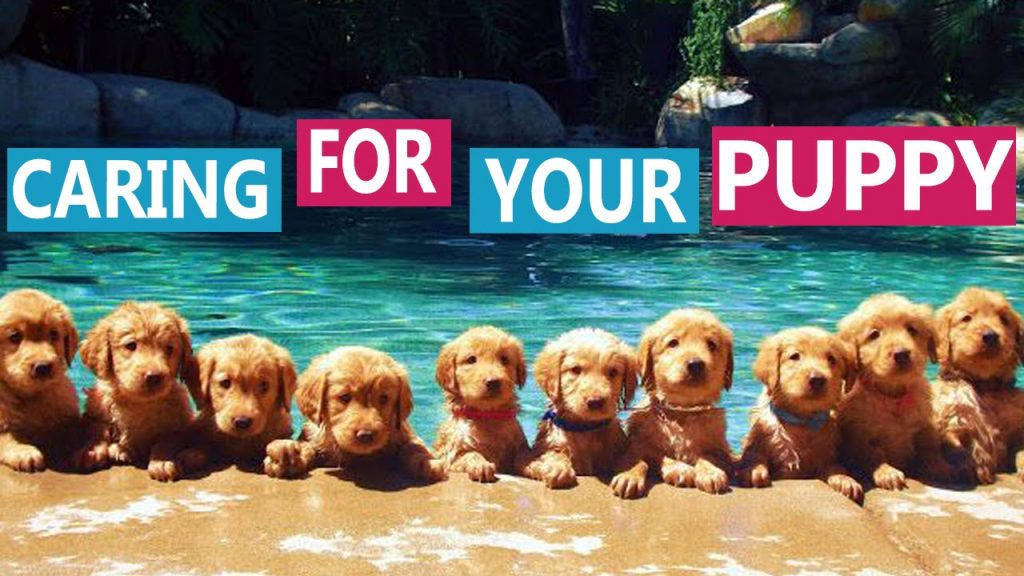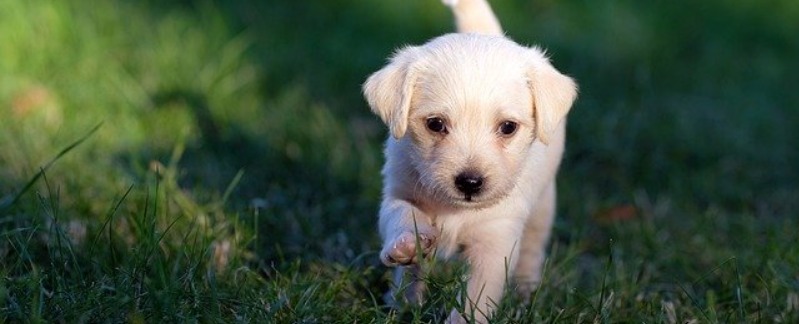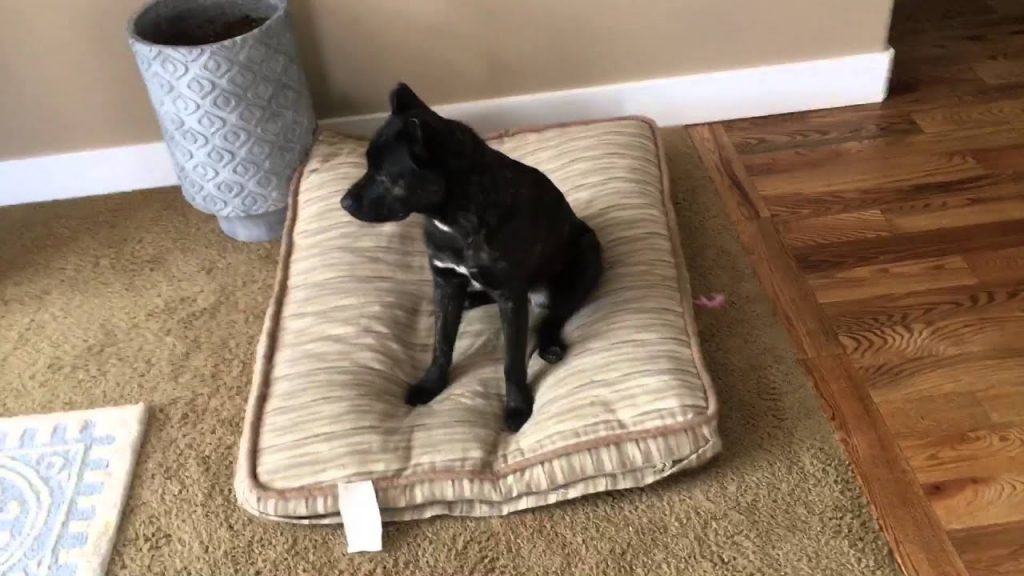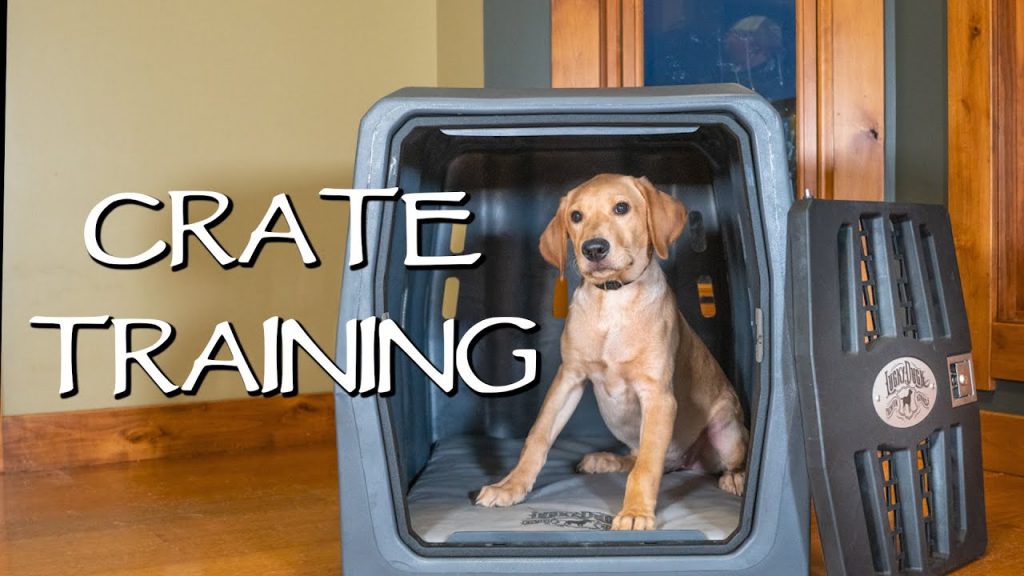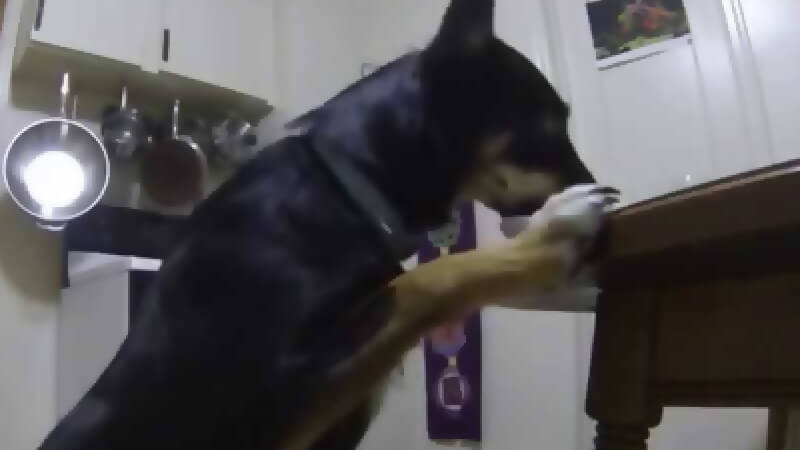A 16-week-old puppy’s brain contains the same number of brain cells as a newborn puppy’s brain, but it is roughly ten times larger. This remarkable increase in size has nothing to do with the brain cells themselves, but rather with the number of connections formed between them. These connections are formed as a direct result of the puppy’s experiences during the first four months of life (and often much earlier).
Pre-birth – looking after the mother
Contents
The Puppy Plan begins before the puppy is even born. Anyone planning to breed a litter of puppies must ensure that the mother is healthy and happy, and that she is kept in a warm, stress-free environment. Most importantly, they should ensure that the mother has a positive temperament, as this will be passed down to her puppies (in the same way that if she is nervous, worried or fearful, this will also be passed on).
Puppies born to mothers who suffer from malnutrition, temperature extremes, and mental or physical stress are more likely to exhibit behavioral and emotional issues.
According to research, if the mother is stroked, handled, and given the care and attention she requires during her pregnancy, the puppies are more likely to be docile, emotionally stable, and born with a greater enjoyment of being handled.
Furthermore, if the mother has a positive relationship with her owners and feels relaxed and secure, she will be happy for her puppies to be handled by them (which is critical for the Plan as well as the puppies’ development) and will pass on that positive attitude to her puppies – which is critical.
This emphasizes the importance of obtaining puppies from breeders or owners who view their dogs as companions and friends – rather than just dogs (or, worse, units of commercial enterprise). In other words, it emphasizes to new owners the importance of finding a good breeder – rather than buying their puppy from internet ads, pet shops, or puppy farmers.
Weeks 1 & 2 – quiet time
This should be a peaceful time for both the mother and the puppies, as this is when the maternal bond is formed. At this point, you should be gently handling the puppies to ensure that they are making good progress and that the mother and puppies are doing well in general. Any concerns should be discussed with your veterinarian.
Now is the time to consider taking photos and videos of the litter over the next few weeks to provide the new owners with a photographic record of how much work you’ve put into socializing the puppies to become well-adjusted adults.
Week 3 – hello world
The puppy’s eyes begin to open in week three, and while his vision is initially poor, he can see movement (although may not notice stationary objects). He also begins to notice what is going on around him. This is the time to begin introducing him to the sights and sounds of family life; anything he sees or hears now will be accepted as normal.
When he hears unexpected sounds, he will become startled, but because his fear response is not fully developed, he will quickly return to normal. As an adult, he should learn to respond to non-threatening events in this manner, rather than displaying the escalating fear that, for example, noise phobic dogs do.
This week, the puppy is also learning about his social group. He learns to recognize his mother and littermates, as well as humans, as members of his family, and this is when he begins the bonding process. This is a good time to start introducing other animals in the house (other fully vaccinated dogs and cats if you have them) and people (including children) who you want the puppy to see as part of his family group if they haven’t already. This should be done quietly at first, allowing them only to roam around outside the puppy pen.
While all puppies and breeds develop at different rates, it is far better to introduce new things too soon than too late. Perception develops faster than reactions, and they frequently learn before we realize it.
NOTE: Small animals such as rabbits, guinea pigs, hamsters, and so on should not be introduced. You don’t want to teach your dog that these are part of his social group and that he should play with them. While your eventually large dog may enjoy playing with your hamster, the hamster will most emphatically not! Instead, your puppy must learn to ignore these animals.
Week 4 – fun and games
In Week 4, the puppy begins to develop his play behavior and, if given the opportunity, his problem-solving behavior. It’s also a good time for him to start learning how to deal with life’s inevitable frustrations.
This week, the puppy requires some challenges, such as items to carry, pull, climb on, move around, tug with his littermates, and so on. This improves strength, coordination, agility, and – most importantly – sharing. Puppies who do not receive this can grow up to be poor learners – or at least slower than they would be otherwise. They may also grow up unable to deal with frustration, which can lead to serious behavioral or temperament issues.
It’s natural to be concerned if the mother now appears to be a little rough at times – perhaps walking away when they’re trying to suckle, growling at them, or even standing on them – but it’s important not to be overly protective, as this is also teaching the puppies how to cope with frustration and learn to overcome it.
This is also the week to begin spending more time with each puppy individually, gradually increasing the amount of time they spend away from their littermates and mother. This will aid in the prevention of separation issues, the development of independence, and the promotion of human bonding.
Again, some breeds or types may not have reached this stage yet, but it is critical to provide these items so that they can interact with and learn from them when they are ready.
Weeks 5 – 7 – curiosity
These weeks are critical for the puppy’s cognitive development. Puppies are most curious and willing to approach people at this age, but their natural fearfulness begins to be shaped by their environment. This increase in fearfulness will occur gradually over the next few weeks, so now is the time to introduce new sights, sounds, and people – as well as more interesting toys and experiences – as this will ultimately determine how well balanced the puppy will be as an adult.
This fear response and hazard avoidance begins earlier and accelerates in some more reactive breeds. For these breeds, it is critical that the tasks outlined below be completed as soon as possible during this period, whereas less reactive breeds have a later onset of hazard avoidance and thus can be more relaxed about these tasks.
To give you a geenral idea, hazard avoidance in the wild wolf (who shares our dogs’ ancestors) begins around the age of 19 days. It begins around the age of 49 days in the average dog. It begins around 35 days old in the German Shepherd Dog (one of the more reactive breeds), and it can begin as late as 72 days in the Labrador (one of the least reactive breeds). These are all estimates because each dog is unique – but they give you an idea of how hard you’ll have to work in these two weeks!
This is also the time to begin teaching the puppy to be happy on his own, away from his littermates, and to bond with humans even more.
Week 8 (breeder) – starting a new life
Week eight will be the last week for most puppies before they leave for their new life, as this is when most breeders send their puppies off to their new homes. They’ve learned everything there is to know about being a dog from their mother and littermates, and they’ve gotten an excellent education from you, the breeder or puppy raiser, so now it’s time for them to learn how to be a family dog in their new home.
This period, however, normally coincides with an increase in fear in puppies – most puppies will begin to show fear of things they haven’t been exposed to up until this point (although some of the more reactive breeds or types of puppies may have started this significantly earlier). This increase in fear of new things is why you have been working so hard over the last few weeks to ensure that as many things as possible are now accepted by the puppy as “just being a part of life.” Anything new will be viewed with much more suspicion/fear from now on. One critical window of opportunity for growth is beginning to close.
This is a week to review everything the puppy has been doing/meeting over the last seven weeks – not a week to introduce new things.
This is also the time to prepare your Puppy Plan to hand over to the new owner so they can see how far you’ve progressed and pick up where you left off. It’s time to say good-by and send him off to his new life, knowing you’ve done everything you could to ensure he has a bright future ahead of him.
If you intend to keep all or some of the puppies after this time, continue with the next section of the Puppy Plan, working with each puppy individually.
Remember, by taking photos and videos, you can show the new owner how much effort you have put in to ensure that your puppies grow up to be happy, well-adjusted adults.
Week 8 (new owner) – a new home
In his first week with you, you are teaching your puppy who his new family is, teaching him to trust them, and teaching him to want to be with you. This is supposed to be a settling-in week.
Weeks 9 – 12 – learning about the world
This is a difficult time for new puppy owners because they need to spend as much time as possible socializing their puppy to his new life, but he is not yet fully vaccinated at this age. It’s a delicate balancing act, but the benefits of socialization are too important to overlook, especially given that one of the leading causes of death in dogs under two years old is euthanasia due to behavioral issues*.
Your puppy’s vaccination status does not prevent you from taking him out and about – he simply needs to be carried and should only meet dogs whose vaccination status you are certain of. It also doesn’t stop you from inviting people to come and meet him at home and in the garden, from taking him out in the car, or from carrying him around town.
Teenager – spreading her wings
While your 16-week Puppy Plan is complete, there are a couple of other developmental stages you should be aware of – otherwise, it may come as a surprise when your adorable cuddly puppy turns into a teenager!
The first one appears between four and eight months after the first and can last anywhere from a few days to a couple of months. The puppy will start to wander away from you, and instead of coming to you (as he has been doing), he will give the impression of not hearing you. He may even be difficult to apprehend or flee from you.
If this becomes a problem, avoid completely off-lead exercise and instead keep him on a long line that he can trail behind (not a retractable lead, which does not allow you enough control and can cause injuries if misused) so he can still get plenty of experience and socialize freely with other dogs while also preventing him from ignoring you when you call. This stage does not usually last long!
When using a long line, take care not to get rope burns (put your foot on it rather than grabbing it with your hands) or trip people!
When he comes to you, use the lead and plenty of rewards, and this period should not last long. If he discovers that he can ignore you, he may do so for much longer – or even become a habit.
Consider enrolling in a dog training class to help with additional training and to provide you with support and advice if you run into any problems. Request recommendations from your veterinarian for well-established local clubs, or use the Kennel Club website to locate a nearby Kennel Club Accredited Instructor or club teaching the Good Citizen Dog Training Scheme.
Teenager – is it scary?
The other period you should be aware of occurs between the ages of six and fourteen months. During this time, the young dog may begin to react fearfully to things and people with whom he had previously interacted happily. This period coincides with the onset of sexual maturity and the resulting surge of hormones.
When you notice these fear responses beginning, go back over your Puppy Plan chart and give him a refresher socialization course, aiming to give him plenty of positive experiences with everything on the chart using treats, play, and fun to overcome his fears.
Adult dog
Your adult dog should now have all of the skills required to be a model canine citizen – and, of course, a much loved member of the family, having received the best possible upbringing. But don’t forget – use it or lose it! Make sure he still gets to interact with other (nice) dogs, attend training classes, or have the opportunity to socialize in a variety of situations, as well as go exciting places and be a part of your life, to keep his social skills sharp.
Breed and type considerations
Depending on what breed or type you choose (or what breeds make up your puppy), you may find that you have to pay more attention to certain things. Here are some starting points to help you:
- Toy/Companion breed – more vulnerable to separation anxiety Spend more time making sure they are content to be left alone, both when you are at home and when you leave.
- Working breeds – spend a significant amount of time ensuring that they are well socialized to other dogs and strange people/visitors, and that their natural working instincts are utilized and appropriately channeled onto toys and games.
- Hounds – When there are interesting smells or small animals around, try to get them to pay attention to you. Work on your recall and following. Keep an eye out for small animals.
- Pastoral/herding breeds – Make sure they have plenty of mental stimulation and things to keep their minds occupied so they don’t become self-employed chasing or herding things.
- Terriers – use toys and games/yummy treats to distract them from small or fast moving animals and to prevent them ignoring you. Be careful around small animals.
Remember – Consider what the breed was originally bred to do; this will provide you with clues as to what you should socialize for and habituate against.
Insurance
Even if you choose not to have health insurance for your dog, it is a good idea to have third party liability insurance because accidents can happen even with the best-behaved of dogs and you could easily find yourself liable for compensation or any financial claims made in connection with any damage or injury caused by your dog.

